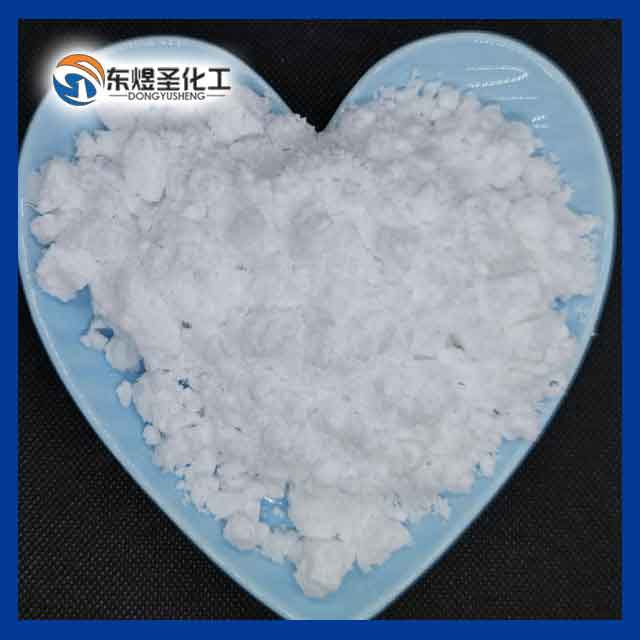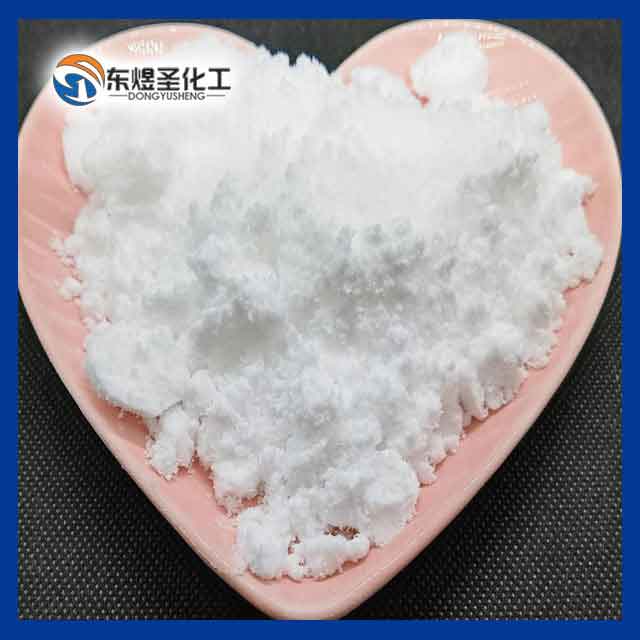Polyaluminum chloride use and introduction
Polyaluminum chloride use and introduction
An emerging water purification material, inorganic polymer coagulant, abbreviated as poly aluminum, and English abbreviation is PAC (poly aluminum chloride). It is a water-soluble inorganic polymer between AlCI3 and Al(OH)3. Polymer, the general chemical formula is [Al2(OH)nCl6-nLm], where m represents the degree of polymerization, and n represents the neutrality of the PAC product. Among the m products, n=1-5 is a highly charged polymer ring chain with Keggin structure, which has a high degree of electrical neutralization and bridging effect on colloids and particles in water, and can remove micro-toxic substances and heavy metal ions, and has stable properties. . The inspection method can be inspected according to the international GB 15892-2003 standard. Due to the bridging effect of hydroxide ions and the polymerization effect of polyvalent anions, the produced polyaluminum chloride is an inorganic polymer water treatment agent with a relatively large molecular weight and a high electric charge.
Physical and chemical properties:
Polyaluminum chloride has the properties of adsorption, condensation, precipitation, etc., its stability is poor, and it is corrosive. If it accidentally splashes on the skin, it should be rinsed with water immediately. Production personnel must wear overalls, masks, gloves, and long rubber boots. Polyaluminum chloride has the advantages of good spray drying stability, wide water area, fast hydrolysis speed, strong adsorption capacity, large alum formation, fast dense precipitation, low turbidity of effluent water, and good dehydration performance. Spray-dried products can ensure safety, reduce water accidents, and are very safe and reliable for residents' drinking water. Therefore, polyaluminum chloride is also referred to as high-efficiency polyaluminum chloride, high-efficiency PAC or high-efficiency spray-dried polyaluminum chloride. Polyaluminum chloride is suitable for raw water with various turbidity and has a wide range of pH, but compared with polyacrylamide, its sedimentation effect is far inferior to polyacrylamide.
The basicity of polyaluminum chloride is a relatively important indicator in polyaluminum, especially for drinking water grade polyaluminum products. The lower the base degree, the higher the price, and each purchaser can operate according to the actual situation of the manufacturer. In addition, the basicity of the polyaluminum chloride products produced by different raw materials and different processes is also different, which requires manufacturers to adjust. Increasing the basicity of polyaluminum chloride products can greatly increase the economic benefits of production and use. The basicity is increased from 65% to 92%, the cost of production raw materials can be reduced by 20%, and the cost of use can be reduced by 40%.





